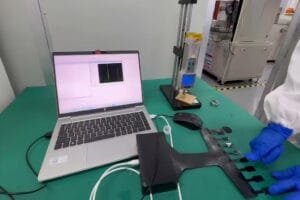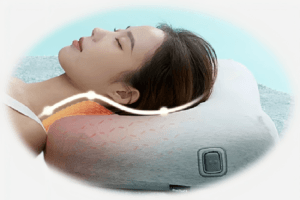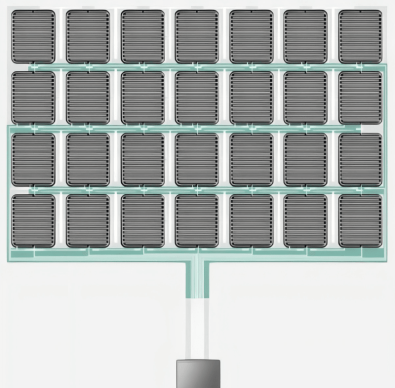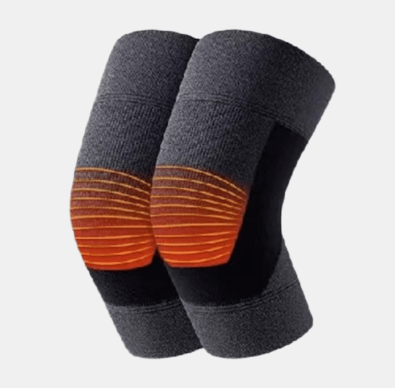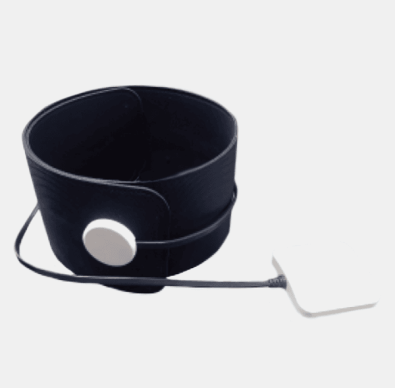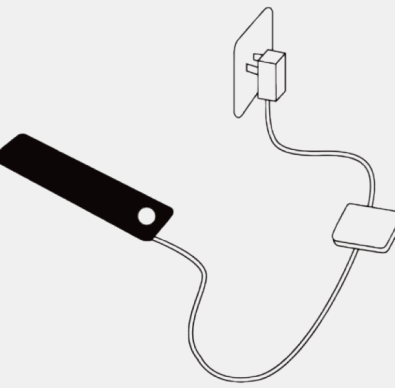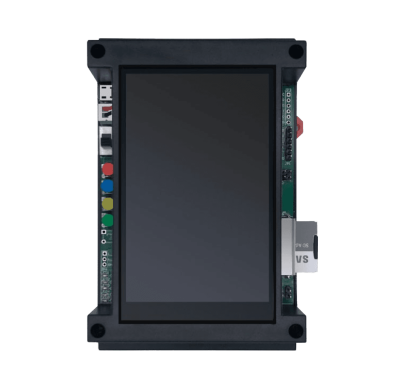Laptop Trackpads and Mobile Touchscreens: The Key to Enhancing Productivity
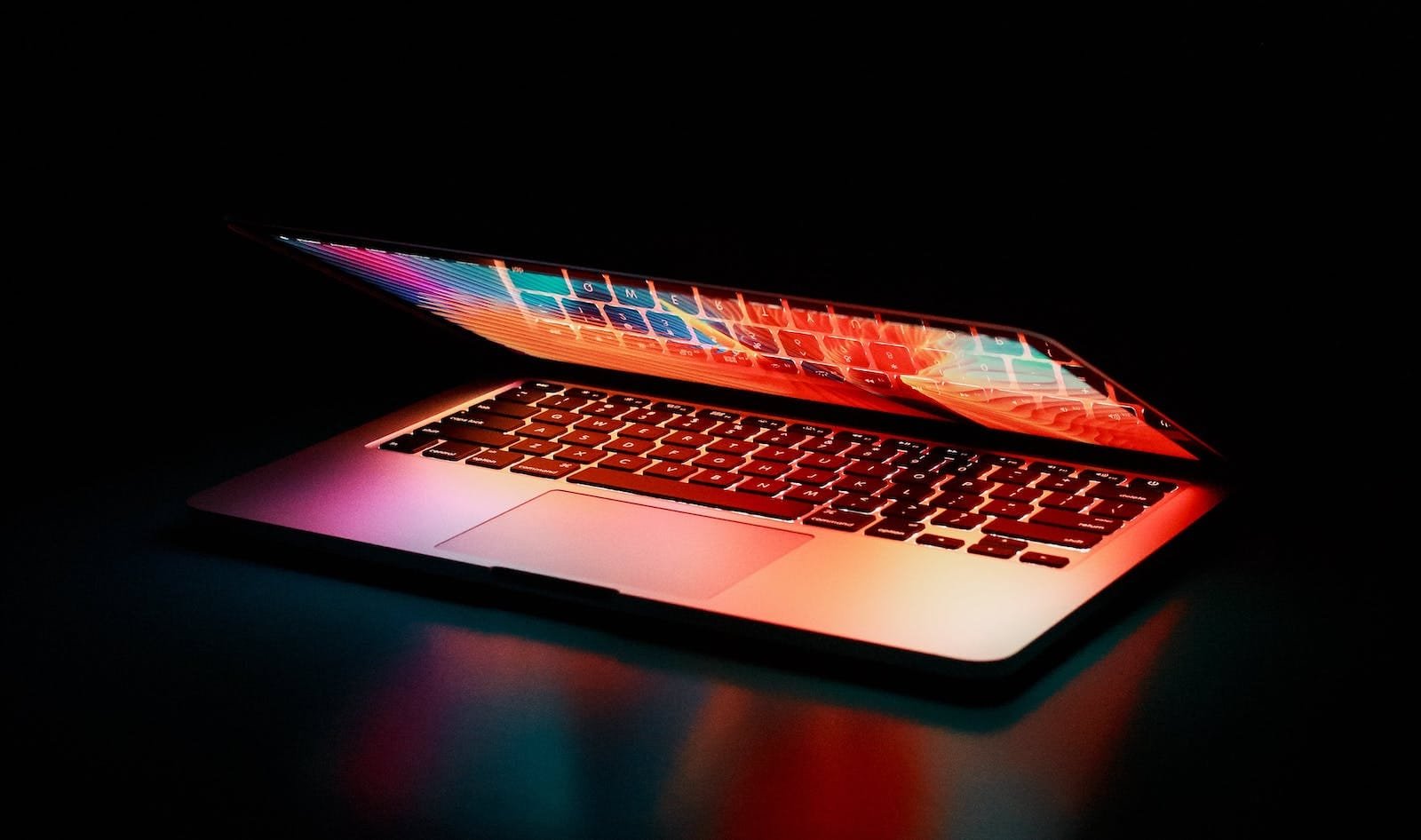
In recent years, pressure sensors have revolutionized the way we interact with technology. These sensors are widely used in laptop trackpads and mobile phone touchscreens, enhancing user experience by enabling precise and intuitive input.
This article explores the role of pressure sensors in these devices, their benefits, and the advancements they bring to the world of human-computer interaction.
Pressure Sensors in Laptop Trackpads
Main Benefits of Laptop Trackpads
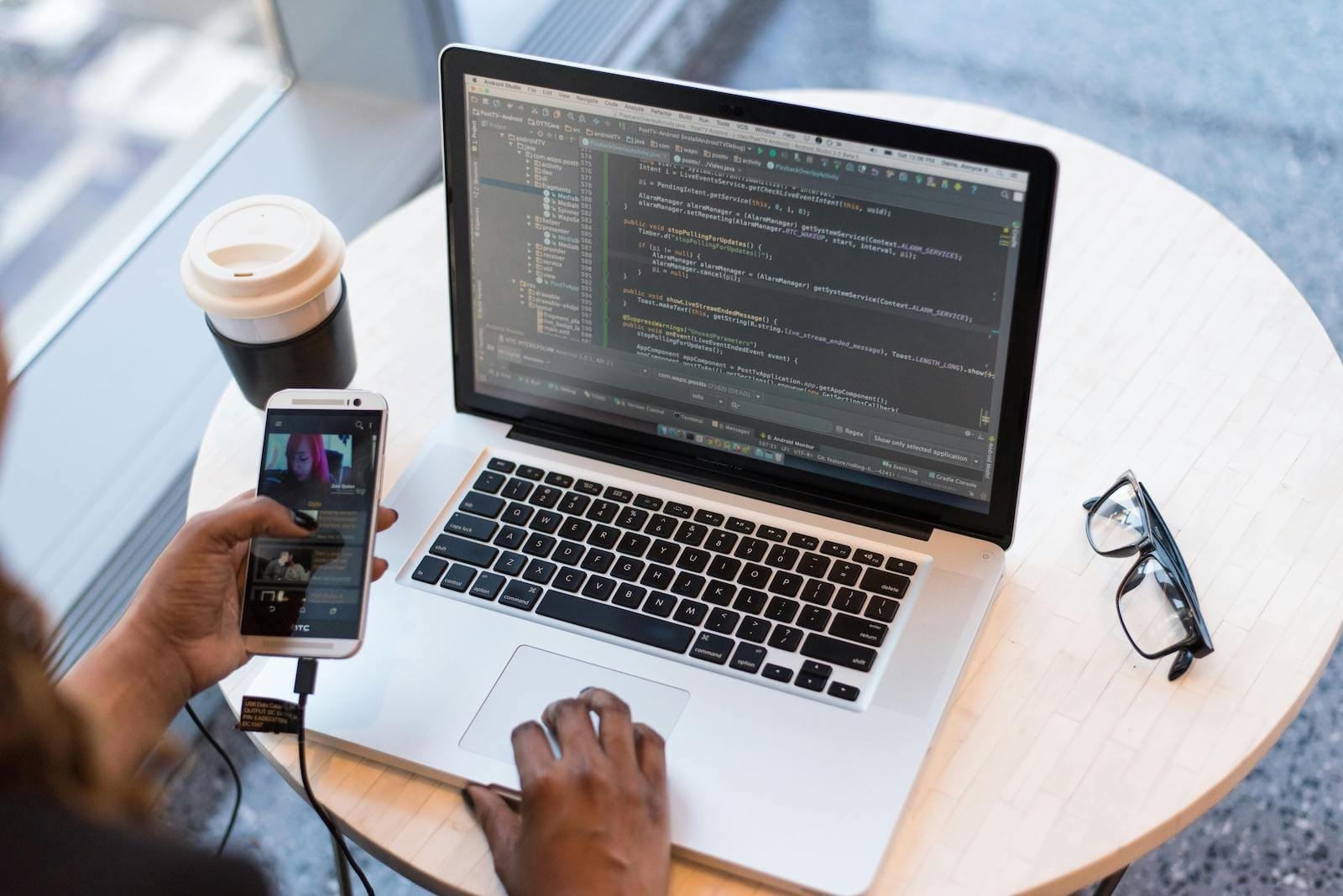
Pressure Sensors in Mobile Phone Touchscreens
Main Benefits of Mobile Phone Touchscreens
The integration of pressure sensors in mobile phone touchscreens enables the implementation of various gestures and functionalities. For instance, the ability to detect different levels of pressure facilitates features like 3D Touch or Force Touch, which provide users with additional options and shortcuts based on the intensity of their touch. This feature enhances the efficiency of navigation, app interactions, and content previews.
Pressure sensors also contribute to haptic feedback, adding a tactile dimension to interactions with mobile phone touchscreens. By simulating physical buttons or surfaces through vibrations or subtle changes in resistance, pressure-sensitive touchscreens provide users with a more satisfying and immersive experience. This haptic feedback helps users locate virtual buttons or controls without visual cues, improving usability and accessibility.
Additionally, pressure sensors in mobile phone touchscreens enable more accurate and precise handwriting recognition. By detecting variations in pressure as users write or draw on the screen, these sensors enhance the accuracy of digital ink representation, making handwriting on mobile devices feel more natural and akin to using a pen or pencil on paper.

Advancements in Pressure Sensing Technology
The continuous advancements in pressure sensing technology have further expanded the possibilities for notebook touchpads and mobile phone touchscreens. Manufacturers are now incorporating more advanced pressure sensing techniques, such as capacitive or piezoelectric sensing, to improve accuracy and sensitivity.
Capacitive pressure sensing, for example, allows for higher-resolution pressure detection, enabling finer control and more precise input. Piezoelectric pressure sensing, on the other hand, offers faster response times and can detect pressure changes in real-time, enhancing the overall user experience.
Furthermore, the integration of artificial intelligence and machine learning algorithms with pressure sensing technology opens up new avenues for interaction. These algorithms can analyze pressure patterns and user behavior to predict and adapt to user intentions, providing personalized and context-aware experiences.
A World of Better, More User-Responsive Touchpads
Pressure sensors have become fundamental components in notebook touchpads and mobile phone touchscreens, transforming the way we interact with these devices. With their ability to detect and interpret pressure, these sensors enable more intuitive, precise, and immersive user experiences.
As pressure sensing technology continues to advance, we can expect further enhancements in the functionality and responsiveness of these input devices. From productivity gains to more natural handwriting recognition, pressure sensors have undoubtedly revolutionized human-computer interaction, making notebook touchpads and mobile phone touchscreens more versatile and user-friendly than ever before.

Elevate your laptop trackpads and mobile touchscreens to new heights with Flexniss, the renowned leader in flexible pressure sensors. Discover a world of enhanced precision, intuitive input, and a truly immersive user experience.
Connect with us today to embark on a journey of innovation and explore our state-of-the-art pressure sensor solutions that unlock the full potential of your devices. Stay ahead of the competition and seize the opportunity to revolutionize user interaction and redefine the way you engage with notebook touchpads and mobile touchscreens. Don’t wait any longer – contact us now and let us guide you towards a future of unparalleled possibilities!
